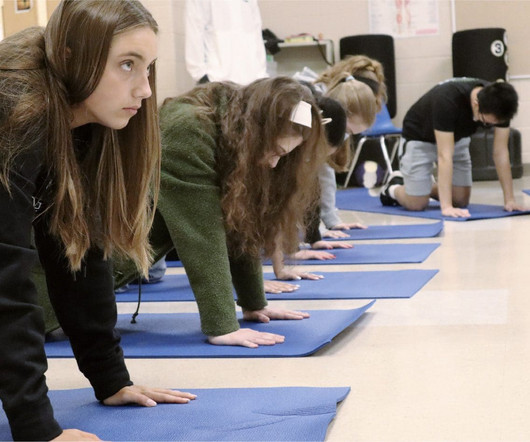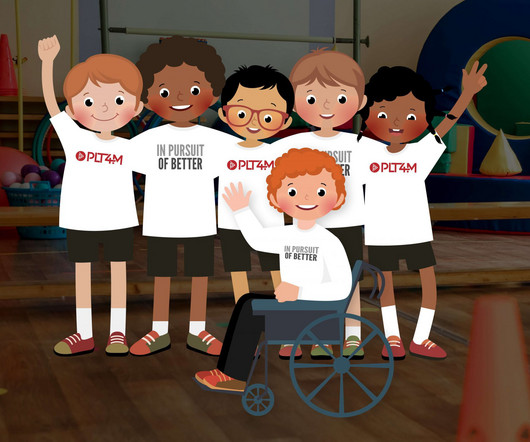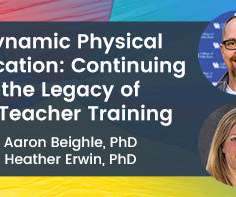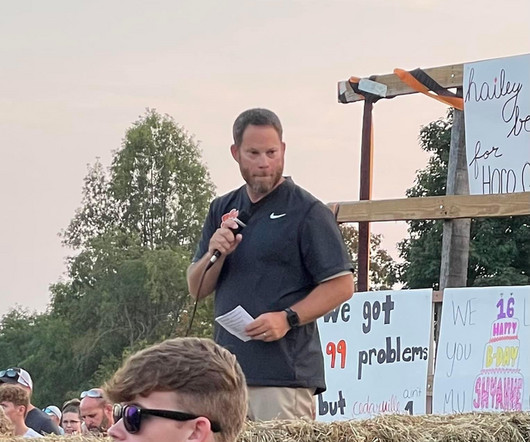Participation In PE – A Playbook For Success
PLT4M
NOVEMBER 25, 2024
Instead, PE should be a regular part of the curriculum at every grade level , starting in elementary school and continuing through high school. Schedule a demo Participation in PE – A Playbook For Success It is incumbent on school districts to create a plan and playbook to maximize participation in PE for all students.












Let's personalize your content